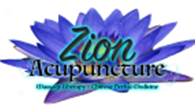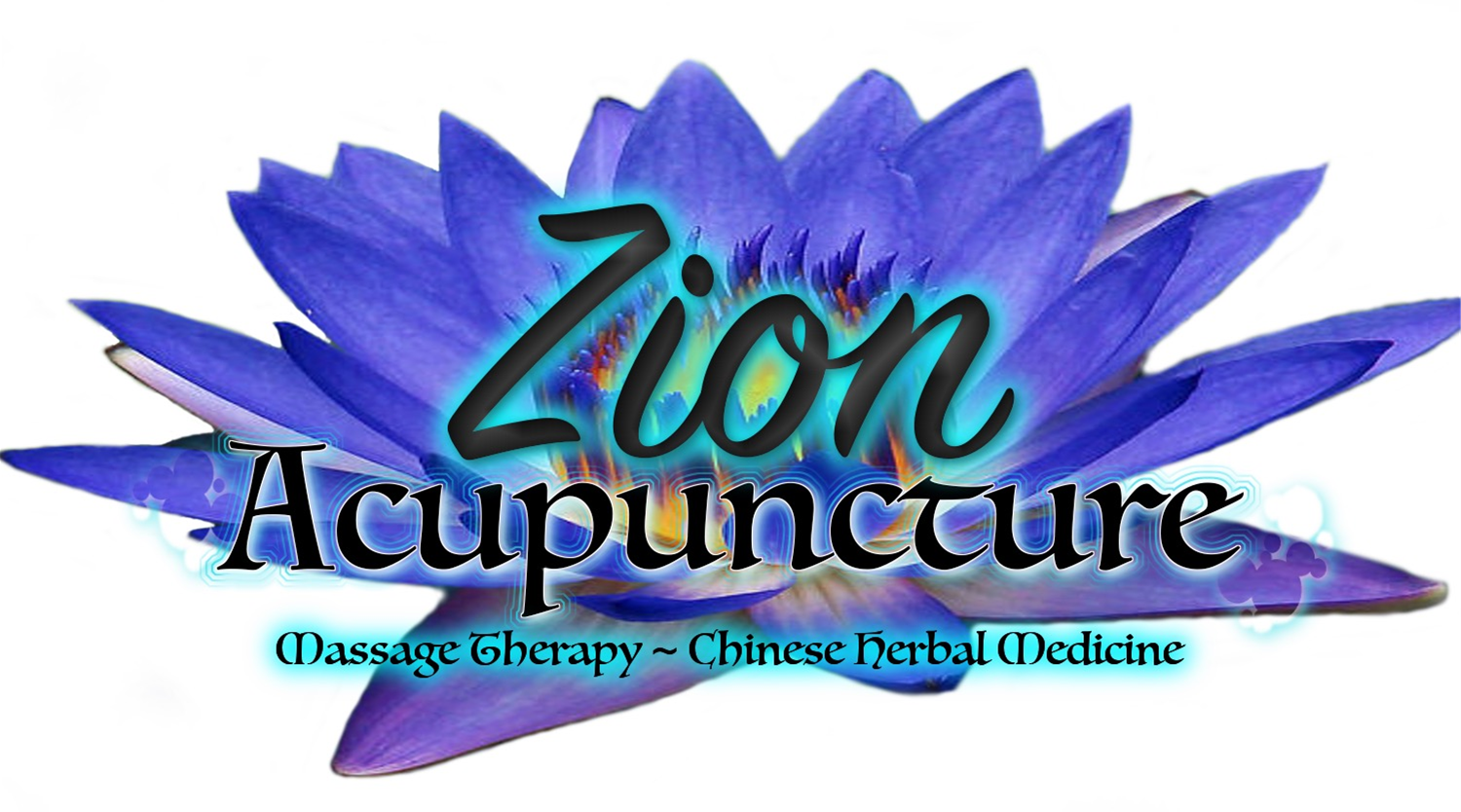Chinese Medicine, Pain and the Opiate Epidemic
Last year the department of Health and Human Services (HHS) declared a public health emergency to address the “opiate crisis”. According to HHS opiate overdoses accounted for more than 42,000 deaths in 2016, more than any previous year on record. An estimated 40% of opiate overdose deaths involved a prescription opiate. The statistics show that this problem is not limited to drug addicts. Many of these people are Veterans, the elderly, and people with chronic pain from traumatic injury. The FDA is currently taking steps to make it harder for doctors to prescribe these pharmaceuticals. While this seems like a reasonable measure to protect the health and welfare of patients, it is leaving many with chronic pain wondering how they are going manage.
Back in May, 2017 the FDA endorsed Acupuncture, Massage Therapy, Chiropractic and Yoga as a non-pharmacological way of treating pain. These are all excellent ways to manage pain. As an Acupuncturist, about 50% of my practice consists of pain management. In my clinic I see varied types of pain, from the “normal” neck/shoulder/low back pain, to chronic headaches/migraines, pain from injury (both acute and chronic), recovery from surgery, herniated disk pain, sciatica, arthritis, etc… Most of these people see either a full recovery or reduction in symptoms. In many cases they are able to discontinue their pain medicine, with their doctors direction.
Acupuncture helps by improving circulation, releasing trigger points, and triggering our body’s natural pain relieving and “happy” neurotransmitters. Acupuncture points are located near bundles of nerves and blood vessels. When the acupuncture needles are stimulated it creates a local perfusion of blood flow to the area. This extra blood flow to the area works to deliver nutrients to the affected area helping to heal the injury and reduce pain. It also triggers the circulatory and lymphatic system to take the cellular waste products away, to make way for the fresh, oxygenated blood to freely access the area. Systemically, an acupuncture treatment sends feedback to the brain via the peripheral nervous system. Some signals that acupuncture can send to the brain can trigger the release of epinephrine and norepinephrine, these are the bodies natural painkillers. Certain combinations of points can also tell the brain to bring the body back to the parasympathetic nervous system. This is the calming part of the nervous system often characterized as “rest and digest”. It is the opposite of the stress response (sympathetic nervous system), and tells the body to relax, including the muscles. Sometimes just being able to mentally relax is half the battle. This is often seen in neck and shoulder tension. It seems that the more stressed that we are the more our shoulders creep up to our ears, therefore relaxing the mind and body are extremely helpful with this type of pain and tension.
Trigger points must also be addressed when treating pain. A trigger point is essentially a “knot”. Due to many different reasons the nerves are firing at the junction where the nerve meets the muscle and telling it to contract in a local area. Directly releasing this with an acupuncture needle is one method that is used to break that signal that the nerve is sending to the muscle. Interrupting this signal causes the muscle to relax, which ultimately relieves pain and improves circulation.
Acupuncture is multifaceted and can help with much more than just pain. With opiate use in particular, it can also alleviate the withdrawal symptoms from discontinuing the drug such as irritability, restlessness, and alternating hot and cold sensations. It does this by encouraging the lymph and circulatory system to flush out toxins that were created by the opiate use. The acupuncture points that are chosen also send feedback to the brain via the nervous system, and as discussed above, bring the body out of the sympathetic nervous system, to the parasympathetic system. Once you are out of the acute stage of withdrawal, acupuncture is also helpful for adapting to the stresses and anxieties of life, and moderating any damage that may have been done to the digestive system or liver. Acupuncture is able to regulate the endocrine system via feedback from the nervous system. This can regulate neurotransmitters like serotonin, which is considered our “happiness hormone”. I think everybody in today’s fast paced could use a little more of this.
Another tool that we have to use is Chinese Herbal Medicine. I have seen many profound changes in my patients from using Chinese herbs along with Acupuncture. They work as internal medicine, regulating many different systems of the body including the circulatory system, endocrine system and nervous system. They work from both the root and manifestations of the issue, bringing the body back to homeostasis (aka balance). The goal of the herbs is to fix the function of these systems so that the body can do their job on their own, without needing the herbs for the rest of your life.
Cupping is also a great tool. It involves the placement of cups on the skin to create suction. This improves blood flow and creates a myofascial release. Fascia is a thin layer of connective tissue that is pervasive throughout the body and can get stuck between the skin and muscle layers. Releasing this restriction can significantly improve blood flow. Michael Phelps brought a lot of attention to cupping during the 2016 Olympics. Those purple marks are considered blood stagnation. It is literally stagnant, de-oxygenated, nutrient void blood and inflammation. This presses on nerves and gets in the way of fresh blood getting to the damaged area, causing pain. This builds up over time due to trauma and “life”. The darker the marks and the longer they last, the more blood stagnation there is in that area. Cupping moves this blood along so that the body may process it and get fresh, healing blood to the area.
In short, it is all about balancing the multiple systems in the body along with the mind. Chinese medicine (acupuncture, herbs, cupping) excels at this. We do not just mask the pain or other issues that you may have, we work to fix them at their root cause. This system of medicine has been around for over 3,000 years because it is extremely effective at balancing the body and mind, and treating you as a whole person, not just “shoulder pain”, or “anxiety”.
Website Articles:
National Library of Medicine Article 1 / Article 2
October 15, 2018

